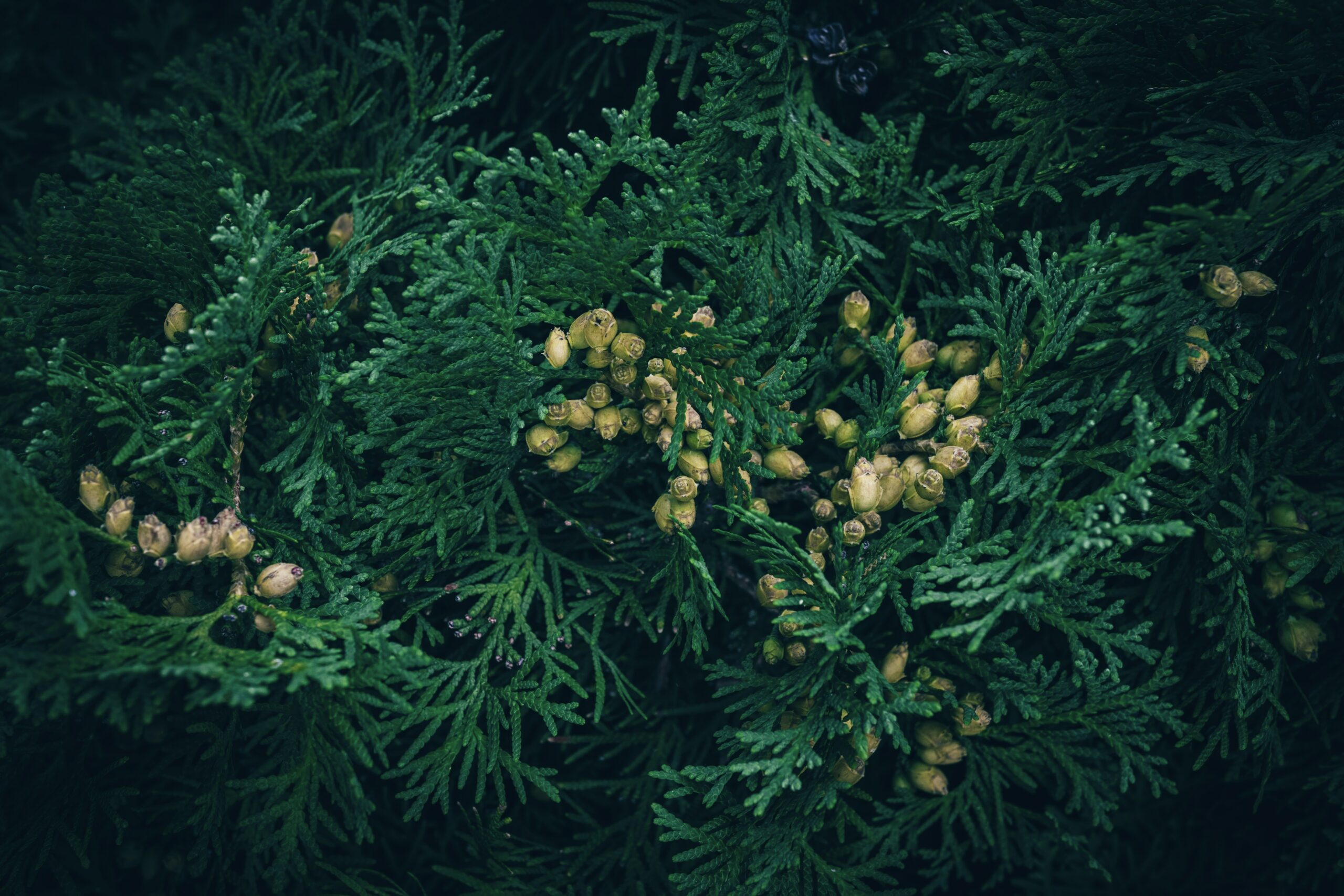Your cart is currently empty!
Global Blooms Tell Timeless Tales of Hope and Resilience

NEW YORK, December 14 — As winter weather grips the Northern Hemisphere, a rich tapestry of botanical traditions is unfurling globally, showcasing how specific festive flora transcend mere décor to embody centuries of cultural significance, faith, and folklore. These emblematic holiday plants, ranging from the blazing scarlet of the poinsettia to the humble sprig of mistletoe, connect disparate cultures through shared themes of endurance, hope, and eternal life during the coldest season.
The central role of these winter-blooming plants in holiday rituals reflects a deep, shared human need to find color and optimism amidst darkness.
Mexico’s Fiery Gift: The Enduring Power of Poinsettias
Perhaps the most recognized global symbol of Christmas, the poinsettia commands attention with its vibrant crimson bracts. Originally native to Mexico and Central America, where it is known as Flor de Nochebuena (Flower of the Holy Night), the plant held dual significance long before being adopted by Christianity. The Aztecs prized the plant for its medicinal properties and as a source of red dye.
In modern Catholic tradition, the plant’s striking red hue symbolizes the blood of Christ, while its green foliage represents eternal life and hope. One cherished Mexican legend attributes the poinsettia’s brilliance to a destitute girl who, having no suitable offering for the Christ child, presented roadside weeds which miraculously transformed into the striking red flowers upon reaching the altar. Today, the flower bridges continents, adorning holiday displays across the United States, Europe, and Asia.
European Legends Blossom in Winter
Across Europe, three primary plants embody the continent’s distinct folklore and endurance narratives: the Christmas rose, holly, and mistletoe.
The Christmas Rose (Helleborus niger), particularly celebrated in Germany and Austria (where it is called Schneerose or snow rose), is a testament to perseverance. This tough perennial often blooms directly through blankets of snow, embodying innocence, rebirth, and resilience. One widely told European tale claims the pure, white flower bloomed from the tears of a shepherd girl who had no gift to offer the infant Jesus.
The holly, with its sharp, glossy leaves and ruby berries, holds a complex double significance. For ancient Druids, the evergreen was a sacred protector against harmful spirits. Later, Christian tradition merged this natural symbolism, viewing the pointed leaves as representing the Crown of Thorns and the red berries as symbolizing the drops of Christ’s blood.
Meanwhile, mistletoe carries a playful yet profound history rooted in ancient Norse and Celtic beliefs. Revered by the Druids, it symbolized fertility and good fortune. Norse mythology elevated mistletoe to a symbol of love and reconciliation after the goddess Frigga declared it a symbol of peace following its role in the death of her son Baldur. This historical context underpins the global tradition of kissing beneath the bough, representing goodwill, romance, and peace.
Subtle Strength and Bold Elegance
Beyond these traditional triumvirate, other blooms offer localized expressions of holiday spirit. The South American amaryllis, with its dramatic, tall stalk and commanding blooms, symbolizes beauty, pride, and inner strength, making a sophisticated visual statement in modern décor. In Japan, the amaryllis is appreciated as a prestigious gift conveying admiration.
Finally, the Christmas Cactus, originating in the tropical forests of Brazil, offers quiet consistency. Unlike many flashier counterparts, this delicate, winter-flowering cactus symbolizes loyalty and the perseverance of family traditions. Often passed down through generations, its yearly bloom serves as a subtle yet powerful marker of seasonal celebration and enduring life.
From the quiet elegance of the Christmas cactus to the aggressive cheer of the poinsettia, these storied botanicals offer more than just decoration. They serve as tangible links to ancient beliefs and cultural narratives, affirming the universal message that life, hope, and connection can flourish even during the darkest, coldest days.